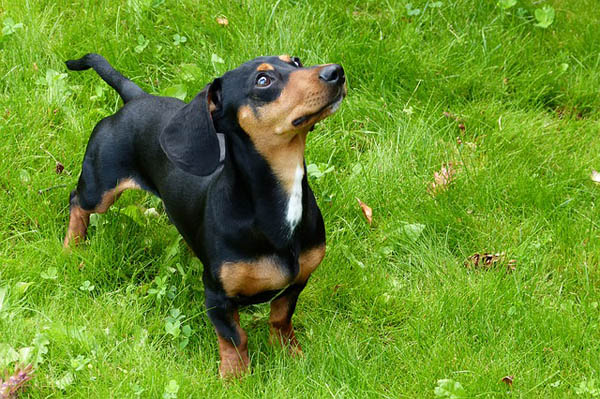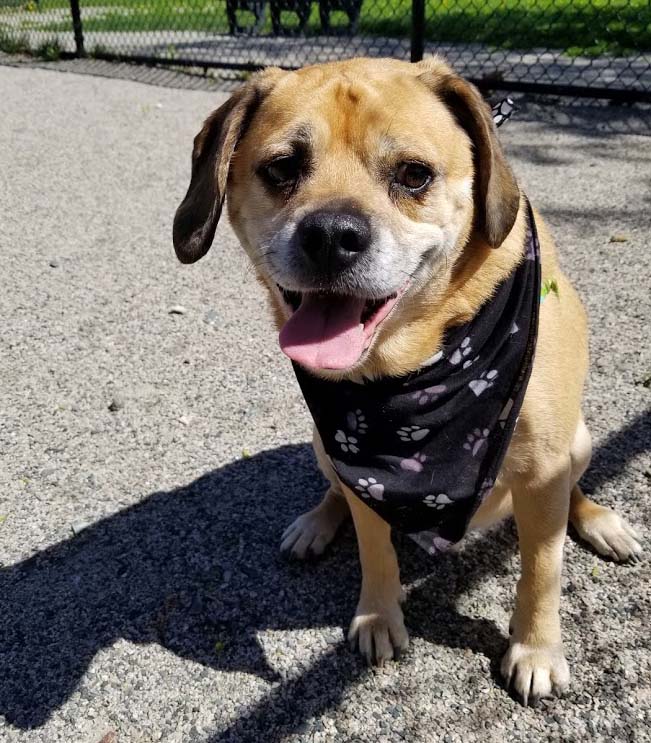About Pomeranian
The Pomeranian, often affectionately called a "Pom," is a small dog with a big personality. Known for their fluffy double coat, fox-like face, and lively demeanor, Pomeranians are a popular breed for those seeking a companionable and spirited dog. This guide provides comprehensive information about the Pomeranian breed, helping you understand their history, characteristics, and care requirements.
History and Origin
The Pomeranian's history traces back to the province of Pomerania, located in present-day Germany and Poland. They descended from larger Spitz-type dogs, specifically the German Spitz. Initially bred for herding sheep, the Pomeranian's size was significantly larger than the diminutive companion we know today. Queen Victoria of England played a crucial role in popularizing and miniaturizing the breed during the late 19th century. Her fondness for smaller Poms led to selective breeding, resulting in the toy-sized version that became a favorite among European nobility and, eventually, the world.
Physical Characteristics
Pomeranians are undeniably eye-catching. Their defining feature is their abundant double coat, comprised of a dense, soft undercoat and a long, coarse outer coat that stands off from the body, creating a characteristic "fluffy" appearance. Their plumed tail curls jauntily over their back. They boast a fox-like face with alert, dark eyes and small, erect ears. As a small breed, Pomeranians typically stand 8-11 inches tall and weigh between 3-7 pounds. Their long and curly coat requires regular maintenance.
Temperament and Personality
Don't let their small size fool you – Pomeranians possess a confident and often assertive personality. They are intelligent, curious, and playful dogs who enjoy being the center of attention. Poms are known for being alert and vocal, making them excellent watchdogs, though their barking can be excessive if not properly managed. They can be prone to being good with children (1/5) and good with other dogs (1/5), requiring careful socialization from a young age. Their energy level is moderate (3/5), needing regular play and walks.
Training and Exercise Needs
While intelligent, Pomeranians can be independent and stubborn, which can affect their trainability (2/5). Early socialization and consistent, positive reinforcement training are essential to establish good manners and prevent behavioral issues. Short, engaging training sessions are most effective. Despite their small size, Pomeranians need regular exercise to stay physically and mentally stimulated. Daily walks, playtime in a secure yard, or indoor games are sufficient to meet their exercise requirements.
Health and Care
Pomeranians have a typical lifespan of 9-11 years. Like all breeds, they are prone to certain health issues. Common concerns include tracheal collapse, patellar luxation, and dental problems. Regular veterinary checkups are crucial for early detection and management of any health concerns. Their grooming needs are moderate (2/5), requiring brushing several times a week to prevent matting and tangles. They are heavy shedders (5/5), so be prepared for a significant amount of fur. Their drooling is minimal (1/5).
Is This Breed Right for You?
Pomeranians make wonderful companions for the right owner. They are best suited for individuals or families who can provide consistent training, socialization, and grooming. If you are looking for a small, spirited, and affectionate dog who will alert you to any unusual activity and don't mind a lot of shedding, the Pomeranian might be the perfect breed for you. However, be prepared to invest time and effort into training and grooming to ensure a happy and well-adjusted Pom.
Temperament
Basic Information
- Size Small
- Life Span 9-11 years
- Coat Type Curly
- Coat Length Long
Characteristics
Energy Level
3/5
Trainability
2/5
Good with Children
1/5
Good with Other Dogs
1/5
Shedding
5/5
Grooming Needs
2/5
Drooling
1/5
Comments
No comments yet. Be the first to comment!



